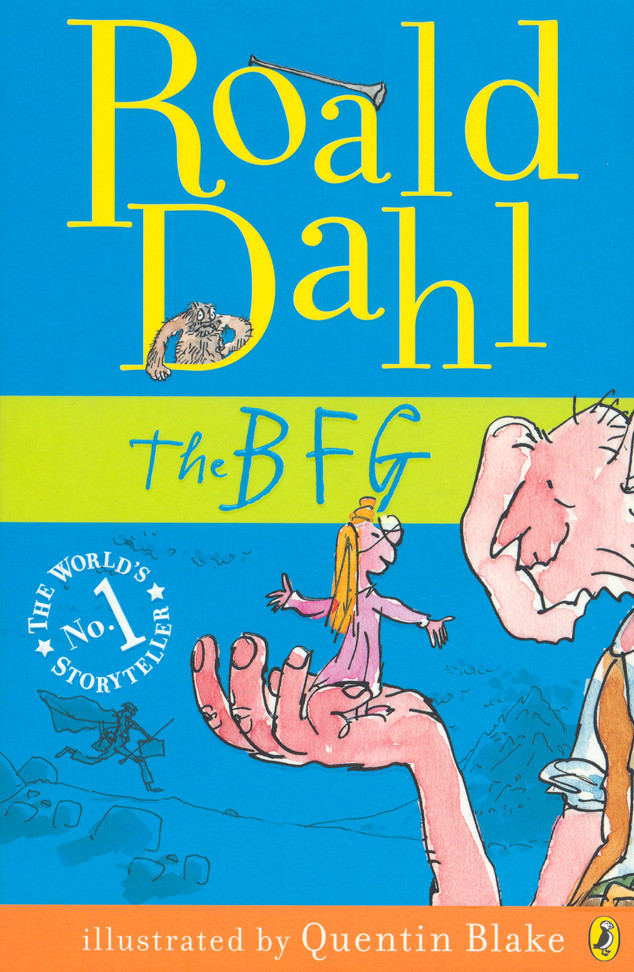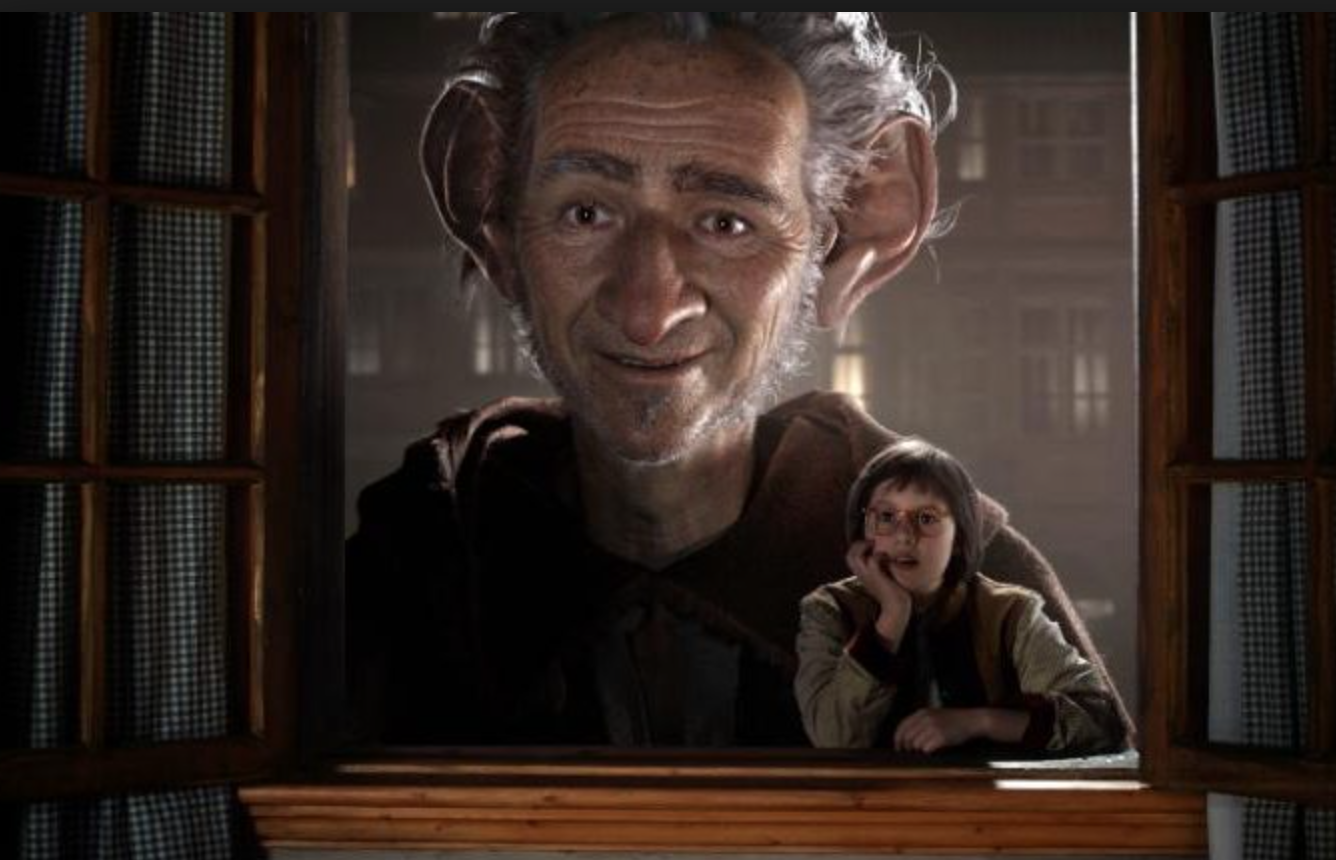 Since the 1980s, Steven Spielberg has strayed far from the family fare that made his name. If it’s a long road from “E.T.: The Extraterrestrial” to “Schindler’s List,” it’s an even longer one to 2014’s talky, admirably unaccommodating “Lincoln.” (Leave it to Spielberg to find the feel-good story of the Holocaust.) And while many of these later-career offerings are solid, I’ve never shaken the conviction that the director is most at home in Boy Wonder mode, when he’s spurring us all to the awe we registered naturally as children. Now he’s tackled “The BFG,” the 1982 Roald Dahl children’s book about London orphan Ruby and a big friendly giant (get the acronym now?). The resulting adaptation is not only pleasurable but pleasurably nasty.
Since the 1980s, Steven Spielberg has strayed far from the family fare that made his name. If it’s a long road from “E.T.: The Extraterrestrial” to “Schindler’s List,” it’s an even longer one to 2014’s talky, admirably unaccommodating “Lincoln.” (Leave it to Spielberg to find the feel-good story of the Holocaust.) And while many of these later-career offerings are solid, I’ve never shaken the conviction that the director is most at home in Boy Wonder mode, when he’s spurring us all to the awe we registered naturally as children. Now he’s tackled “The BFG,” the 1982 Roald Dahl children’s book about London orphan Ruby and a big friendly giant (get the acronym now?). The resulting adaptation is not only pleasurable but pleasurably nasty.
If the coupling of sweet-toothed Spielberg and Dahl, who always served plenty of coffee with his cream, seems counterintuitive, think again. Even at his cuddliest, the director has channeled a spiky precociousness – an appreciation for nitty-gritty domesticity that extends from mashed potato mountains to mom and dad smoking a bit of dope. And while Dahl always relished devil-in-the-details that precluded kid-lit treacle (Augustus Gloop and Violet Beauregarde, anyone?), he also championed delight, especially on behalf of the deprived. Equipped with the final screenplay from “E.T.” screenwriter Melissa Mathison (she died last November), this film honors Dahl’s waggish whimsy with the scale and spectacle bound to be Spielberg’s greatest legacy.
From the first few minutes of “The BFG,” we’re in for an old-timey story hour (two hours, technically) awash in slaps and tickles. Sophie (Ruby Barnhill, a Buster Brown of a kid actress who’s perfectly cast) is a brainy insomniac who loathes her orphanage. Terrified when a giant hand scoops her out of a window one night, she soon adjusts to BFG (Mark Rylance), whom she recognizes as a fellow oddball loner. The runt of his realm, he’s a gentle vegetarian (he prefers smelly “snozzcumbers” to the young human flesh devoured by his compatriots) with a knack for mangling the simplest of words. In his mouth, giants are “joints,” televisions are “tellytelly bunkum boxes,” and the radio is a “squeaker.” Though BFG feels compelled to whisk Sophie off to his land once she espies him, he also protects her from his bloodthirstier compatriots and goes out of his way to keep the parentless child happier than she’s ever been. (Dreams in jars are involved.) When the bad-boy giants go seriously off the reservation, Sophie convinces BFG to petition the “human beans” (all white Brits, apparently; oh, colonialism) to help save the children. Cue a visit with The Queen, sight gags galore, and, ahem, giant flatulence. That’s whizzpoppers in BFG parlance.
“The BFG” is shot in 3-D, and for once I am glad. The late critic Roger Ebert wrote convincingly about what a disappointment that technology turned out to be. But leave it to Spielberg, that rare master whose special effects always serve his storytelling, to use 3-D – as well as new advances in animation – to enhance the scope of his old-fashioned magic. While the other giants seem to have been designed from scratch, for example, the BFG actually resembles Rylance, whose features have been distorted to suit his new (three) dimensions. As tall  as a football field with huge Dumbo ears and hands as big as Oldsmobiles, he’s a funhouse mirror of himself, with all the wry sensitivity that made the actor an ideal muse for Spielberg in “Bridge of Spies.” (He richly deserved the Oscar he won for that performance.) Add to that a sense that we’ve become as glamorously tiny as Sophie compared to BFG, and it’s as if we’ve climbed right inside a sparkling, sputtering diorama – an experience that, somehow, this technology has never imparted before. Children and adults who’ve come to expect fireworks over clever coziness may take a while to settle into this dyslexic fairy tale, but it’s eminently worth the effort.
as a football field with huge Dumbo ears and hands as big as Oldsmobiles, he’s a funhouse mirror of himself, with all the wry sensitivity that made the actor an ideal muse for Spielberg in “Bridge of Spies.” (He richly deserved the Oscar he won for that performance.) Add to that a sense that we’ve become as glamorously tiny as Sophie compared to BFG, and it’s as if we’ve climbed right inside a sparkling, sputtering diorama – an experience that, somehow, this technology has never imparted before. Children and adults who’ve come to expect fireworks over clever coziness may take a while to settle into this dyslexic fairy tale, but it’s eminently worth the effort.
This was originally published on Signature.
